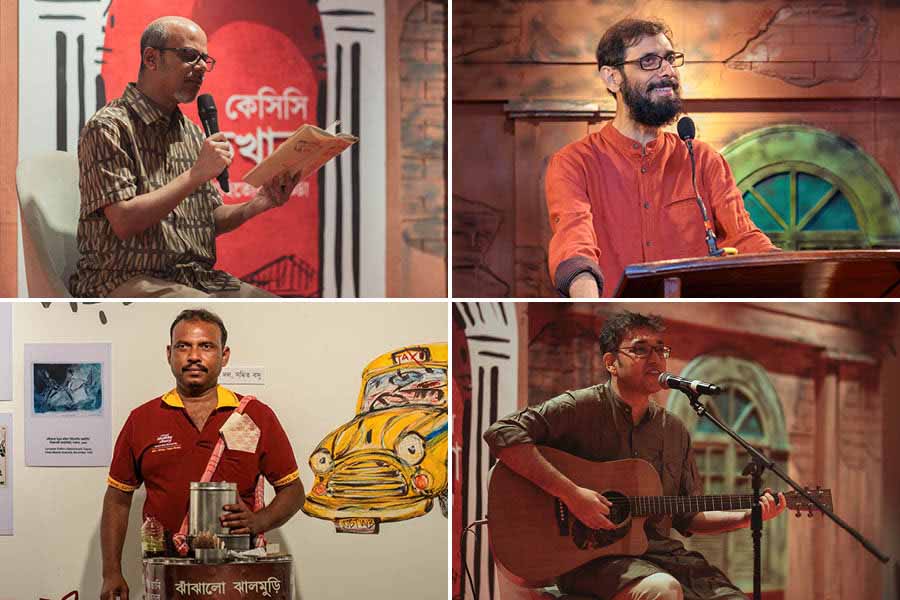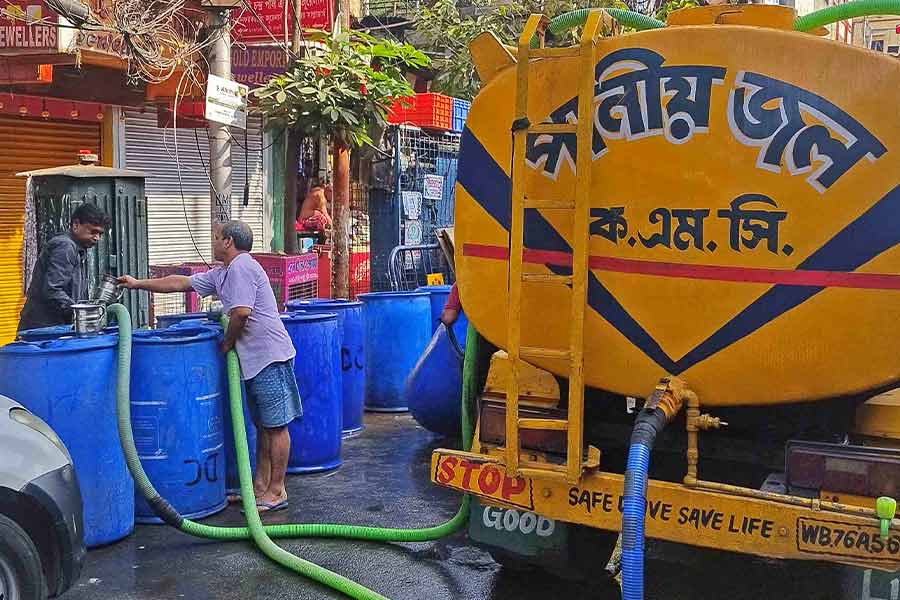The name, Julia Margaret Cameron, sounded familiar when I heard it last week, but I could not recall why. Then, when I found out what she did, it hit me: I had heard her name from my grandmother, Debalina.
Debalina Sen-Roy (later Mazumder), along with her twin Manobina, were two of India’s first women photographers, both with stunning bodies of work that have only started to gain their due recognition in recent years. Debalina was my grandmother, and it was from her, many years ago, that I had heard about Julia Margaret Cameron — the ground-breaking Victorian portrait photographer who was, incidentally, born in Kolkata.
Cameron (1815-1879) was born a century before the Sen-Roy twins, and their photographic journeys were, of course, vastly different. Debalina and Manobina started taking pictures at the age of 12, while Cameron received her first camera when she was 48. The twins were young girls in pre-Independence India, while Cameron, as a white Englishwoman and a part of the colonial elite, was in a clear position of privilege over the Sri Lankan women she photographed towards the end of her life. But all three women were pioneers of their time, and, most importantly, their craft.
It was fascinating to talk about Cameron’s life, photography and links to our beloved city with Jane Richter. A former teacher who now runs her own guided tour company on the Isle of Wight in England, Richter’s extensive knowledge on the photographer is rivalled only by her love for the City of Joy.
Richter is in town to, among other things, talk about Cameron and her connection to Kolkata at the second event of the Glenburn Culture Club on November 19; it was thus illuminating to spend a morning with her at the Tollygunge Club, talking about Cameron, Kolkata, and the unique conditions under which women in photography have historically had to operate.
Richter, in fact, first heard of Julia Margaret Cameron when she moved with her husband to Freshwater on the Isle of Wight, setting up home a stone’s throw away from where the photographer had resided from 1860 to 1875. “I was drawn to that place – Dimbola Lodge, now Dimbola Museum & Galleries — right from the start,” said Richter, who shares a friendship with the chairman of the museum, Dr Brian Hinton. This interest in Cameron’s life and work ran parallel to her growing interest in India, which was piqued by her aunt’s colleague, Maureen Travis, who was, at the time, chief librarian at the India House in London. Travis invited Richter and her son to visit the historic building. “That visit cemented my desire to come to India,” recalls Richter. “I was moving to the Isle of Wight around the same time, and my interest in Julia Margaret Cameron was growing. It was all a serendipitous match, because, as it turns out, she was born here!”

A view of Dimbola Lodge, Isle of Wight, which used to be Julia Margaret Cameron's home
Cameron, Coffee & Calcutta A Traveller's Tales/FacebookCameron: Born in Garden Reach, baptised at St. John’s Church
In fact, Calcutta, as it was called then, was the site of several milestone events in Cameron’s life. Born in Garden Reach to James Pattle, an official at the East India Company, and Adeline, a French aristocrat, the little Julia was baptised at St. John’s Anglican Cathedral — known today as St. John’s Church. This was also where, in 1838, she married Charles Hay Cameron. Unfortunately, not much is known of her time in Calcutta, even though she spent several significant years of her life here, and, interestingly, had an Indian ancestor from Chandernagore from her mother’s side. But the very nature of history lies in its discovery; Richter calls this quest her “search for signs of Julia”.
What will, perhaps, remain a regret is that Cameron’s photographic journey did not begin in Calcutta. Her interest in photography was fostered as early as 1839 — a year after her wedding here — when her close friend and astronomer John Herschel told her about the invention of photography and sent her some early ‘Talbotype’ images. But she only started taking photographs at Freshwater in 1863, when her daughter and son-in-law gifted her a camera.
Her body of work, produced over 11 years, is as remarkable in its technique as it is modern — a facet for which she, unsurprisingly, faced no dearth of condescension and censure from the predominantly male photographic establishment of the time. (One review in 1865, by the Photographic Journal, read thus: “Mrs. Cameron exhibits her series of out-of-focus portraits of celebrities. We must give this lady credit for daring originality, but at the expense of all other photographic qualities.”) Today, her work is hailed as pioneering.
The pictures she took of men – her friends Charles Darwin, Alfred Tennyson… — reflect a sort of higher sensibility

Portraits of (left) Lord Alfred Tennyson, (centre) Alice Liddell and (right) Charles Darwin taken by Julia Margaret Cameron
Wikimedia CommonsIndeed, photography is as subjective as an art form as it is exact as a science – a lesson I have learnt by looking at my grandmother’s beautiful photographs, and, now, Cameron’s. Richter and I agreed that among the many facets of Cameron’s work that stand out is her photographic gaze. While several of her photographs of women highlight her signature use of the soft focus, it is the pictures she took of men — her husband Charles, her friends Herschel, Charles Darwin, Alfred Tennyson and so on — that offer an alternative view of looking at a subject. It is a gaze that does not possess, but, instead, exists alongside its subject: a sort of higher sensibility that, perhaps, comes with viewing the world through a feminine lens.
What might have been created if she had taken photographs in Calcutta? There is no one better to talk about Cameron than Richter, who tells me that she, too, was once called ‘the Lady of Calcutta’ by her friend, Dr Hinton.
Why is this interesting? Because Richter’s session about Cameron’s life in our city, quite serendipitously, is titled Lady of Calcutta: Through a Victorian Lens.
Lady of Calcutta: Through a Victorian Lens, in association with My Kolkata, will take place at the Glenburn Penthouse (@glenburnpenthouse) on November 19 (Saturday) at 4.30pm






